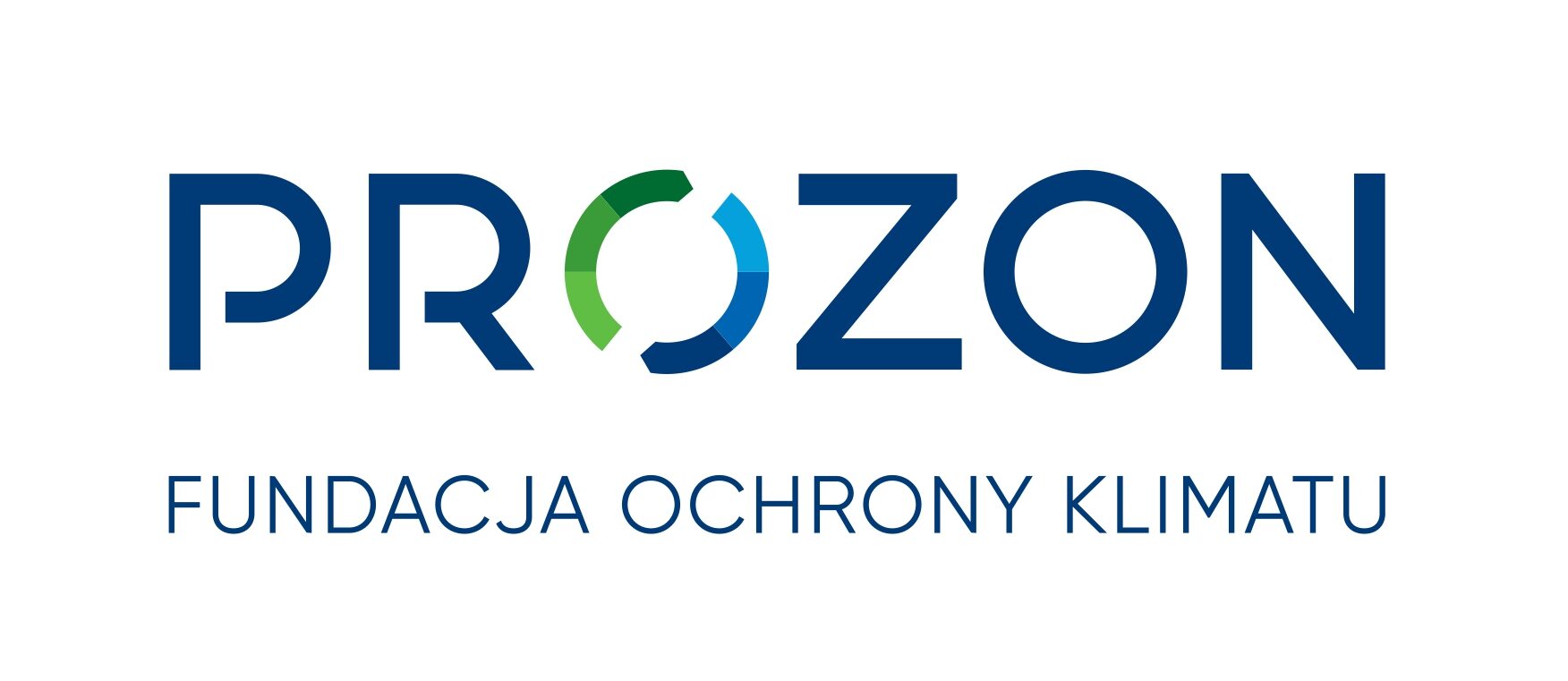MAIN OBJECTIVE:
Limiting the emission of fluorinated greenhouse gases into the atmosphere by the refrigeration and air-conditioning sector
Thanks to the implementation of the project, it will be possible to process almost 100% of the refrigerant waste recovered from the installation and handed over for management. In addition, instead of incinerating refrigerant waste, it can be processed and re-marketed as wholesome products.
In addition, thanks to the innovative solution, it will be possible to reduce the costs of refrigerant waste management, which will increase the incentive among entities to give them for regeneration and separation.
At the end of the project, it is assumed that the reduction of HFC emissions will be 74,000 tonnes CO2eq / year.
MAIN OBJECTIVES:
-
Execution, testing and implementation of the demonstration installation for separation of waste refrigerant mixtures
The installation for the separation of waste refrigerant mixtures is already under construction. Work progress will be regularly posted on our website. The end of 2021, we will be testing the installation and introducing any final corrections. At a later stage of the project, the technology will be disseminated on the Polish and European market.
-
Expansion of the refrigerant waste collection system
Since the beginning of the project, intensive work has been carried out on the expansion of the refrigerant waste collection system. Before starting the project, PROZON The Foundation for Climate Protection cooperated with 340 entities that regularly provided refrigerants for regeneration. By the end of the project, it is planned to increase this number by 30%.
We are also working on the development of the 3R network, thanks to which our clients will be able to transfer the refrigerant to us throughout Poland, and in the future also in the European Union, thanks to an extensive network of collection points for used refrigerants. This solution is dictated by the expectations of customers who indicate the logistic problem as one of the main difficulties in sending refrigerant waste for regeneration.
-
Increased awareness of emitted refrigerants environmental impact in the refrigerant and air-conditioning industry
Increasing the awareness of entities from the refrigeration and air conditioning industry will positively affect the pro-ecological behavior of people associated with the industry. Thanks to educational activities, more people will learn about the possibilities of managing waste refrigerants – this will allow avoiding many intentional emissions that may occur due to the lack of knowledge about the possibilities of managing this type of waste.
Educational activities are conducted on an ongoing basis, and presentations of the LIFE project take place both at fairs, conferences and industry training.
More about the project: https://webgate.ec.europa.eu/life/publicWebsite/project/details/5061


